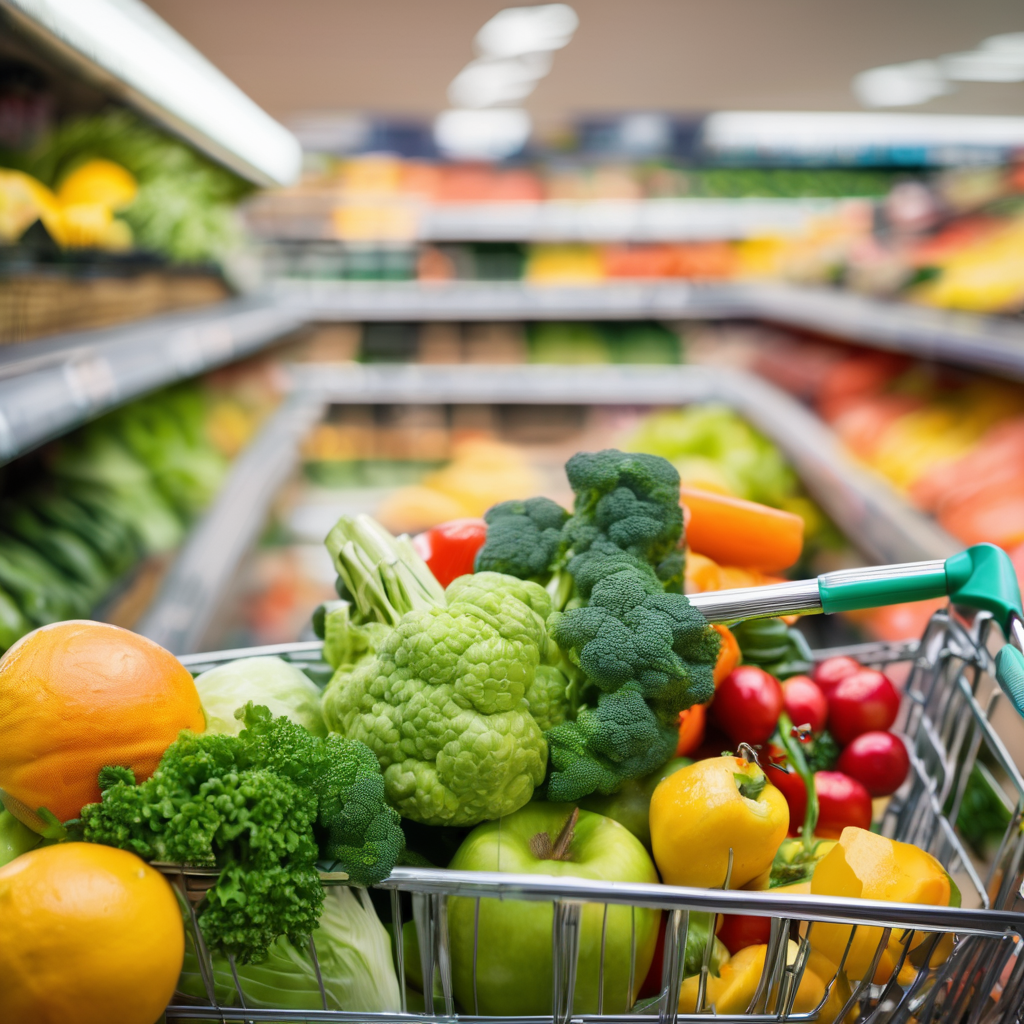As the federal shutdown continues, nearly 42 million Americans who rely on federal food assistance are at risk of losing their critical benefits. Approximately one in eight residents in the U.S. receive an average monthly benefit of $187 through the Supplemental Nutrition Assistance Program (SNAP). Among these recipients is 66-year-old Shari Jablonowski, a widow living outside Pittsburgh, who is anxious about the potential loss of $291 in food aid that her disabled nephew receives. Jablonowski, who has taken care of her nephew and two nieces, is already facing financial difficulties and expressed her concern that the loss of this aid would further strain her ability to maintain basic necessities like heating during the winter months.
SNAP is the nation’s largest anti-hunger initiative, designed to assist vulnerable groups including children, working families, seniors, veterans, and individuals with disabilities. Joel Berg, CEO of Hunger Free America, emphasized the dire consequences if SNAP were to shut down, warning that it could lead to widespread hunger not seen since the Great Depression. For many recipients, SNAP benefits represent their sole source of income, particularly as cash welfare has significantly declined since the 1990s.
In addition to SNAP, the Special Supplemental Nutrition Program for Women, Infants, and Children (WIC), which aids 7 million pregnant women and new parents, is also facing funding shortages. Although the Trump administration previously allocated $300 million from tariff funds to sustain the program, these funds are expected to deplete in the coming weeks. Some states plan to cover this funding gap, but resources vary significantly across the country.
Pressure is mounting on the U.S. Department of Agriculture (USDA) to continue funding SNAP, even as Secretary Brooke Rollins has warned that funds will be expended by November 1. USDA officials attributed the shutdown to a standstill in negotiations over tax credits related to the Affordable Care Act, a political impasse that has raised concerns for food assistance programs. Detractors within the USDA claim the agency has contingency reserves that could be utilized to sustain SNAP, arguing that it has a legal obligation to provide these funds since SNAP is an entitlement program.
The roots of federal food assistance trace back to the economic hardships of the Great Depression, and should funding lapse next month, experts note the resultant impact would be unprecedented in modern history. Compounding the issue, new work requirements associated with SNAP, to take effect on the same date, could disqualify 2.4 million individuals from the program in the next decade.
As states brace for increased demand at food banks, some, like Virginia, have declared states of emergency to provide food benefits. Others, such as the governor of Colorado, have encouraged donations to food banks, while California is mobilizing National Guard troops to assist those efforts. Despite these local initiatives, advocates stress that expanded food charity will not begin to compensate for the loss of federal funding, which injects about $8 billion into local economies every month.
Shari Jablonowski grapples with potential financial instability and has already turned to food pantries for assistance, planning to increase her visits if necessary. For now, she focuses on cooking in bulk to stretch her limited resources. As the situation continues to unfold, many are left hoping for a resolution that will preserve vital food assistance for millions of Americans and prevent an escalation in hunger this holiday season.
